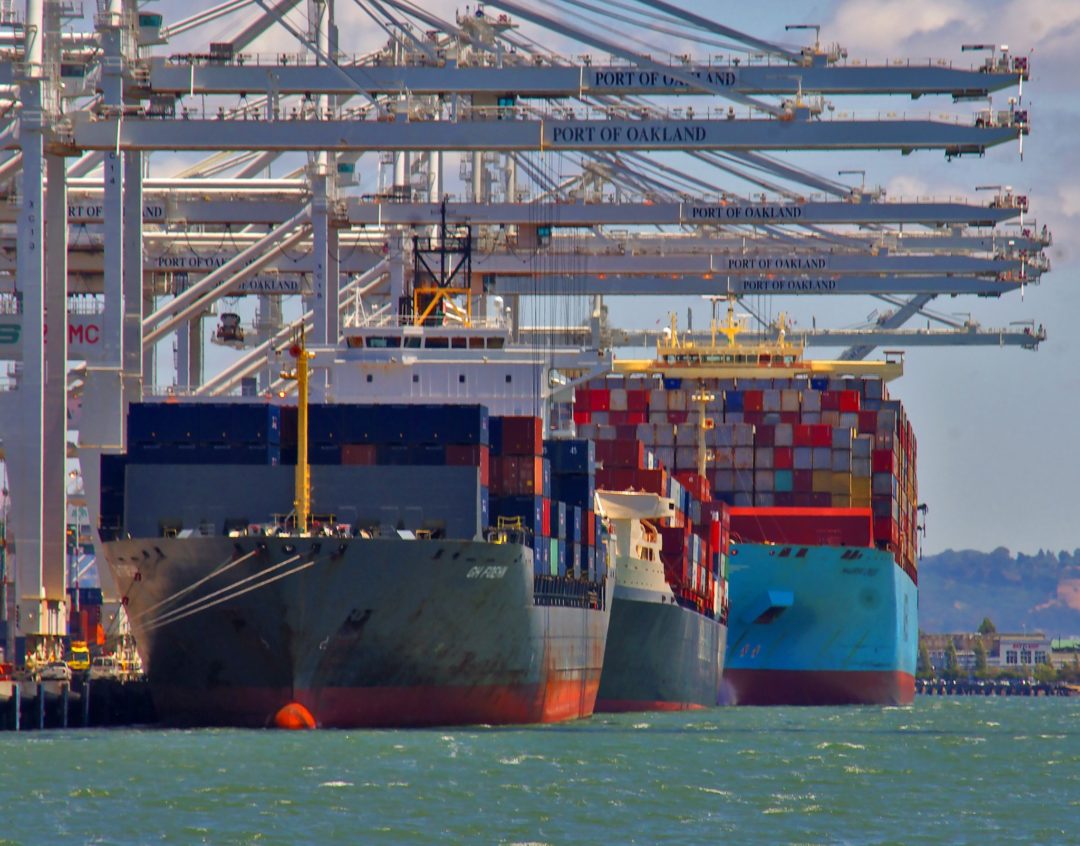Ports to ramp up sustainability efforts in 2022
Port of Oakland gets clean energy boost thanks to federal grant; Panama Canal Authority to invest $2.4 billion to modernize equipment and infrastructure.

Sustainability promises to remain front and center in supply chains in 2022, especially at ports and waterways, where efforts to adopt clean energy practices continue to garner local and federal support.
The Port of Oakland said this month it will use a $5.2 million grant from the U.S. Department of Transportation’s Maritime Administration (MARAD) to fund electrical power upgrades. The grant bolsters the port’s clean air goals and will also contribute to its longer-term objective to eliminate reliance on fossil fuels in cargo handling operations.
Officials said the funding could be used for three purposes: construction of a fuel cell site and a solar panel installation with battery storage; replacement of an electrical substation; and connecting the substation to a biomass generator.
“We’ve got an ambitious clean air goal,” Port of Oakland Executive Director Danny Wan said in a statement December 23. “This grant from the Maritime Administration is an important moment in helping us take another step toward our goal of zero emissions from maritime operations.”
Separately, officials at the Panama Canal Authority said this week the waterway will step up its sustainability efforts in 2022, as well. The waterway will advance its pledge to become carbon neutral by 2030 with a $2.4 billion investment to modernize its equipment and infrastructure. Initial steps include adopting 10 hybrid tugboats, with the option of purchasing another 10, which will reduce tugboat operational carbon emissions by 20%, officials said. The canal will also introduce a fleet of electric vehicles, among other measures.
“Our goal is to begin a series of investments that maximize the value we can offer our community, customers, and world as a green route and corridor for world trade,” Victor Vial, vice president of finance for the canal, said in a statement. “By fortifying our infrastructure, technology, and equipment, we can meet this challenge and ensure we continue to deliver the safe, efficient, and reliable service we have been delivering for over 100 years.”
The investments follow a series of other green efforts over the past year, including the launch of the Panama Canal Authority’s CO2 Emissions Savings Dashboard, a tool for calculating the carbon dioxide (CO2) emissions saved by vessels that use the canal compared to the most likely alternative route–which found that vessels saved more than 13 million tons of CO2 emissions by opting for the Panama Canal route in 2020, officials said.

Related Articles
Copyright ©2024. All Rights ReservedDesign, CMS, Hosting & Web Development :: ePublishing